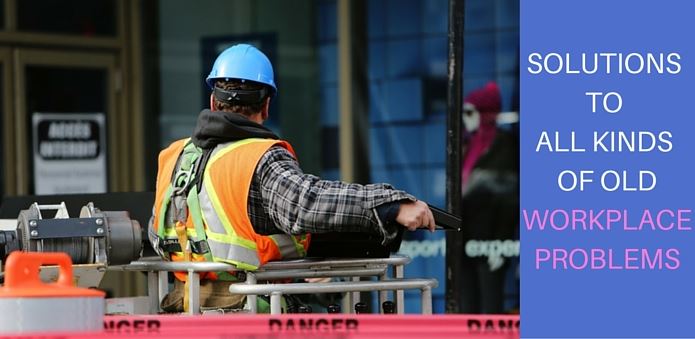Creating a safe work environment is not only a legal responsibility but also a crucial aspect of running a successful business. Preventing personal injuries in the workplace not only protects employees from harm but also ensures uninterrupted operations and promotes a positive company culture. Business owners can take proactive measures to prevent injuries and foster a safe working environment. Here are essential strategies to consider:
Comprehensive Risk Assessment:
Begin by conducting a thorough risk assessment of your workplace. Identify potential hazards, such as slippery floors, faulty equipment, or poor lighting. Regularly review and update your risk assessment to address any changes in your business operations or physical environment. This process helps you understand the specific risks your employees face and allows you to implement targeted preventive measures.
Implement Clear Safety Policies and Procedures:
Develop and enforce comprehensive safety policies and procedures that address all potential hazards in your workplace. Communicate these policies clearly to all employees and provide proper training on safe work practices. Include guidelines on the proper use of equipment, handling hazardous materials, and maintaining a tidy and organized work area. Regularly reinforce these policies through safety meetings and training sessions.
Provide Proper Safety Equipment and Training:
Ensure that employees have access to appropriate safety equipment, such as protective gear, ergonomic workstations, and personal protective equipment (PPE). Train employees on the proper use of safety equipment and provide refresher courses as needed. Encourage employees to report any damaged or malfunctioning safety equipment, and promptly replace or repair them.
Foster a Culture of Safety:
Promote a culture of safety within your organization by encouraging employees to actively participate in maintaining a safe work environment. Empower them to report potential hazards or safety concerns promptly. Recognize and reward employees who prioritize safety and adhere to established protocols. Regularly communicate the importance of safety to all employees and lead by example through your own commitment to safety practices.
Conduct Regular Inspections and Maintenance:
Regularly inspect your workplace to identify and address potential safety hazards. This includes checking equipment for wear and tear, ensuring proper storage of materials, and assessing the overall condition of the premises. Implement a maintenance schedule to address any identified issues promptly. Encourage employees to report any safety concerns they observe during their daily work activities.
Encourage Open Communication:
Maintain open lines of communication with your employees regarding safety matters. Encourage them to report any near misses, incidents, or safety hazards they encounter. Establish a non-punitive reporting system to encourage employees to come forward without fear of reprisal. Actively address reported concerns and take prompt action to prevent future incidents.
Provide Ongoing Safety Training:
Invest in regular safety training programs for employees. This includes initial onboarding training for new hires, as well as ongoing training to reinforce safety practices and educate employees on emerging safety risks. Stay updated on the latest safety regulations and industry best practices to ensure your training programs align with current standards.
Conduct Emergency Preparedness Drills:
Prepare your workforce for emergency situations by conducting drills and simulations. This includes fire drills, evacuation procedures, and first-aid training. Ensure employees are familiar with emergency exits, assembly points, and protocols for handling emergencies. Regularly review and update emergency response plans based on feedback and lessons learned.
Promote Physical and Mental Well-being:
Encourage a healthy work-life balance and promote employee well-being. Provide access to resources that support physical and mental health, such as wellness programs, stress management initiatives, and employee assistance programs. Encourage breaks and discourage excessive work hours to prevent fatigue-related incidents.
Regularly Evaluate and Improve Safety Measures:
Continuously evaluate the effectiveness of your safety measures and seek feedback from employees. Monitor injury rates and conduct incident investigations to identify areas for improvement. Regularly review and update safety policies, procedures, and training programs to address emerging risks or changing business needs.
By prioritizing safety and implementing these preventive measures, business owners can create a secure work environment that protects employees from harm, reduces the risk of injuries, and promotes productivity and employee morale. Proactive safety measures not only contribute to the long-term success of the business but also demonstrate a genuine commitment to the well-being of the workforce.



























